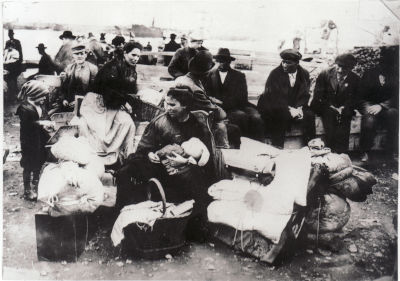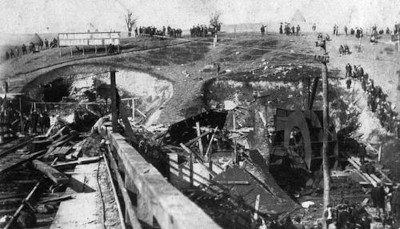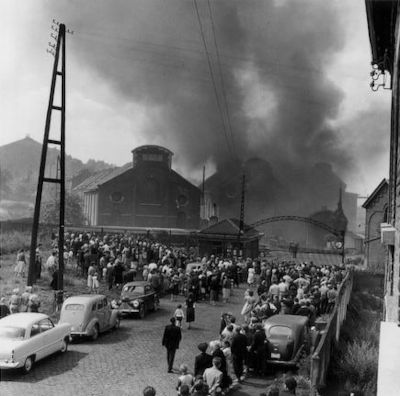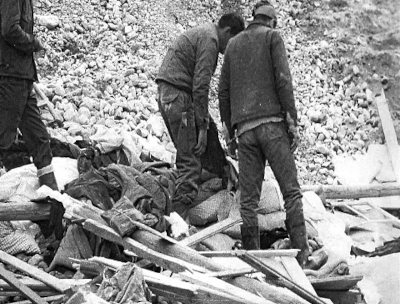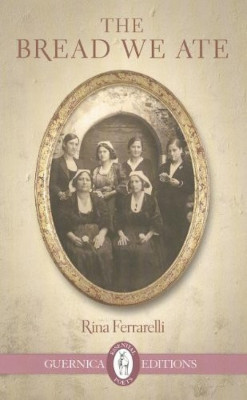The history of the florensian, calabrian and italian emigration is dotted with individual and collective tragedies, work incidents, massacres of men, exploitation and even slavery.
We must and we can remember what ours fallen underwent; it's time to remove the taboo that has encapsulated the foreign tragedies of our workmen.
To fall on their work in foreign country in order to send maintenance to their own families is a destiny which implied hundreds of southern emigrants, but San Giovanni in Fiore paid a tribute far too heavy, with a long and painful list of victims. Many becamed rich on the drama of our population, before, during and after, tie profit from who left and who stayed: it's time to make clearness and to institute debates and research on all that means for the florenses the emigration. Put our destiny in history in order to search ways for a better future.
At the beginning of the last century a migratory current of the Florensis started towards the foreign countries which became like a river in flood since the half of the Sixties. The thousand of billions of Lire’s of the wages of the beyond eight thousand Florensis are transformed in reinforced concrete in a little more than ten years. The choice of investment of the own savings, gained with sweats and sacrifices, dictated by emotive motivations and not strategically rational, is individually and socially a complete failure; a town made up by empty buildings in great part not ended, however uninhabited, with any aesthetic, functional, economic and social value.
emigrati.it is born in San Giovanni in Fiore ‘because this town’ has endured in a way more serious than others the problems due to the mass emigration of its population, in honour of the sacrifices of our fathers and in order to build a surer future to our sons, to the children of today, those of tomorrow.
We work on the research and the valorisation of the heritage of the cultural roots, starting from San Giovanni in Fiore towards the world, to the common roots of every man, to the higher values of the hospitality and the fraternity between the peoples.
Roots
Many of the town’s sons and daughters return to find their roots. San Giovanni in Fiore is also well positioned to explore the Sila Mountains, its forests and lakes with sports activities all year round, as well as neighboring villages and historic sites.
In the poem My Hometown Rina Ferrarelli describes the nostalgia she feels for the hometown and her pride in her roots, also she talks about how the old town is full of unused empty houses which were built by past generations of people from San Giovanni in Fiore for their children, but their children have never come back to San Giovanni in Fiore to live in these houses.
Links
This is a section of the site dedicated to the Mediterranean Architecture and that, going from the Mezquita de Cordoba to the Tiberius's Villa Iovis in Capri, from the Adalberto Libera's Villa Malaparte always in Capri until the Francesco Venezia's Gibellina Museum, from the Le Corbusier's Ronchamp Chapel to the Abbazia Florens of Gioacchino da Fiore and Luca Campano through the undergrounds of Naples, the underground architecture of the Greek Roman caverns exposed to the XVII Triennale of Milan, the ages, the cultural migrations, the Urbanism and Etno-Psychiatry, sometimes the losses, sometimes the contaminations, through various values and the religions, the aesthetic valences, with the contribution of personal written and of others Authors, of photography's, designs and other types of iconographic representations, 3d rendering, cad, videos, wants indicate a reflection course on this argument.
